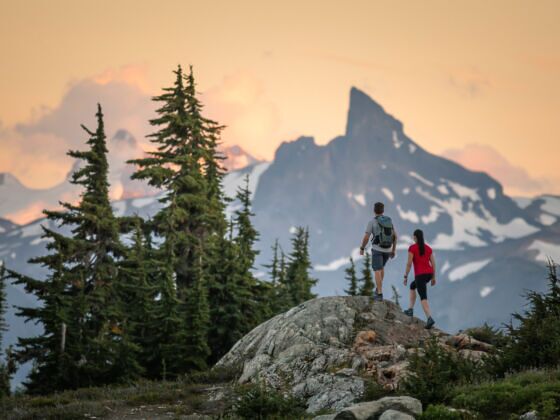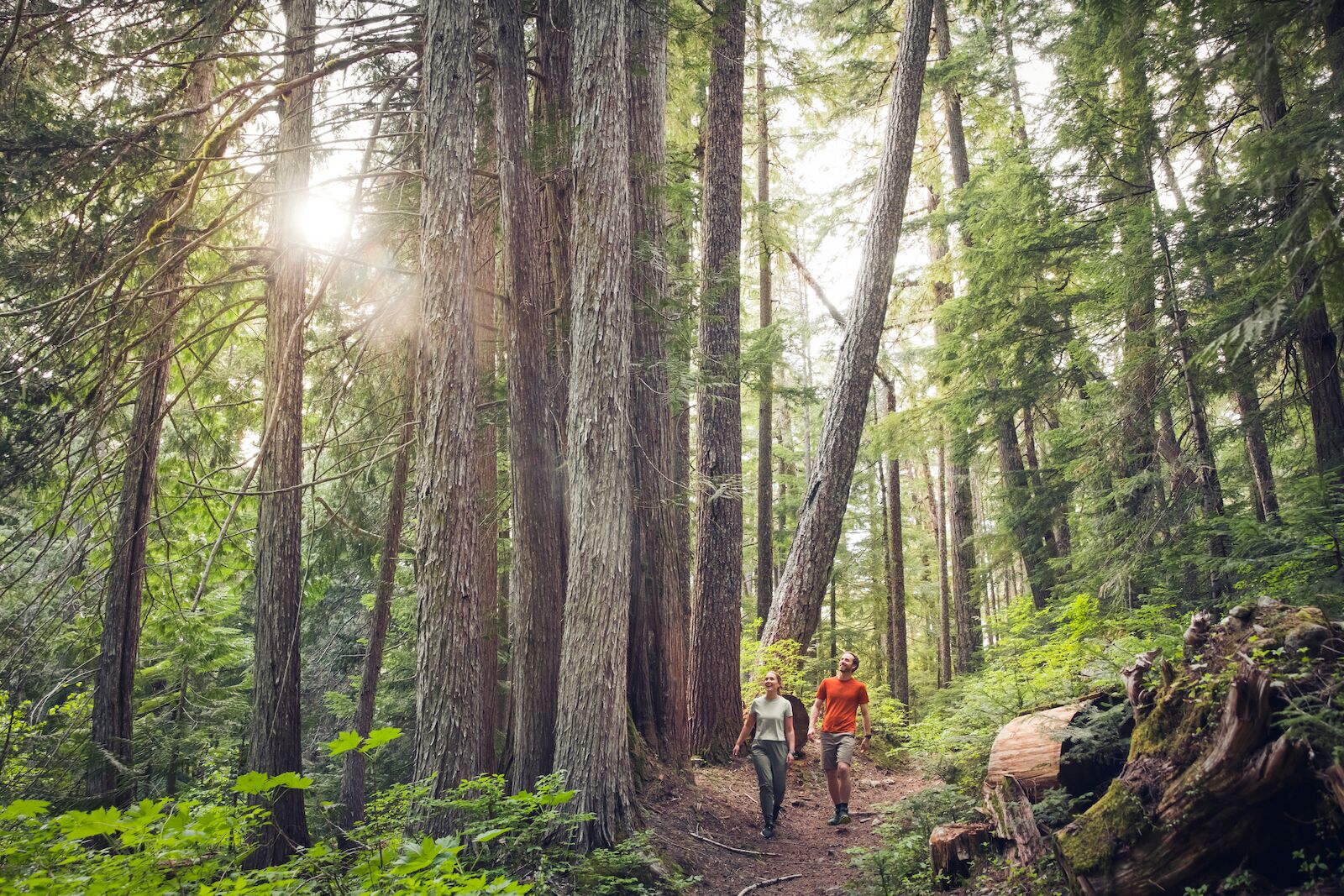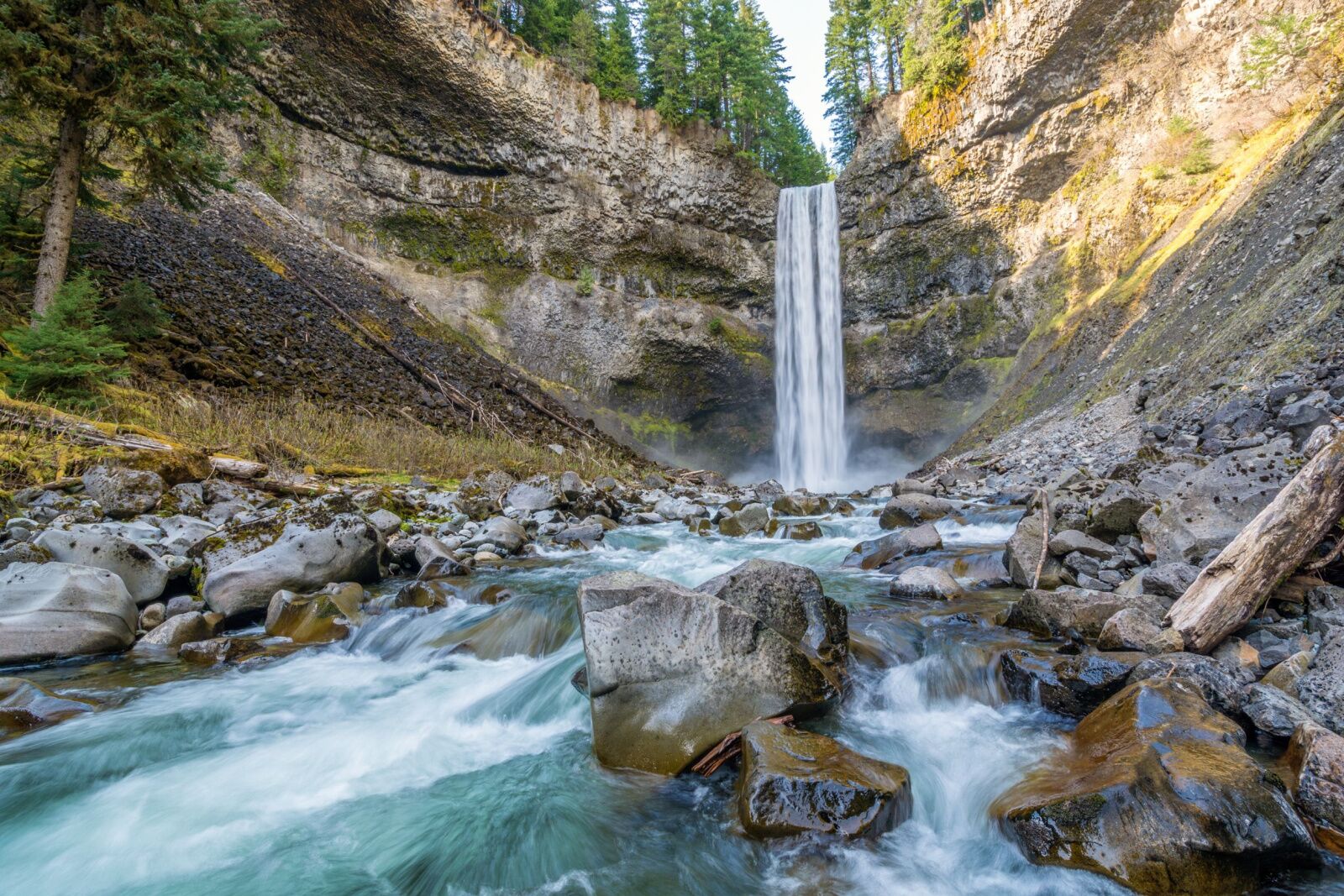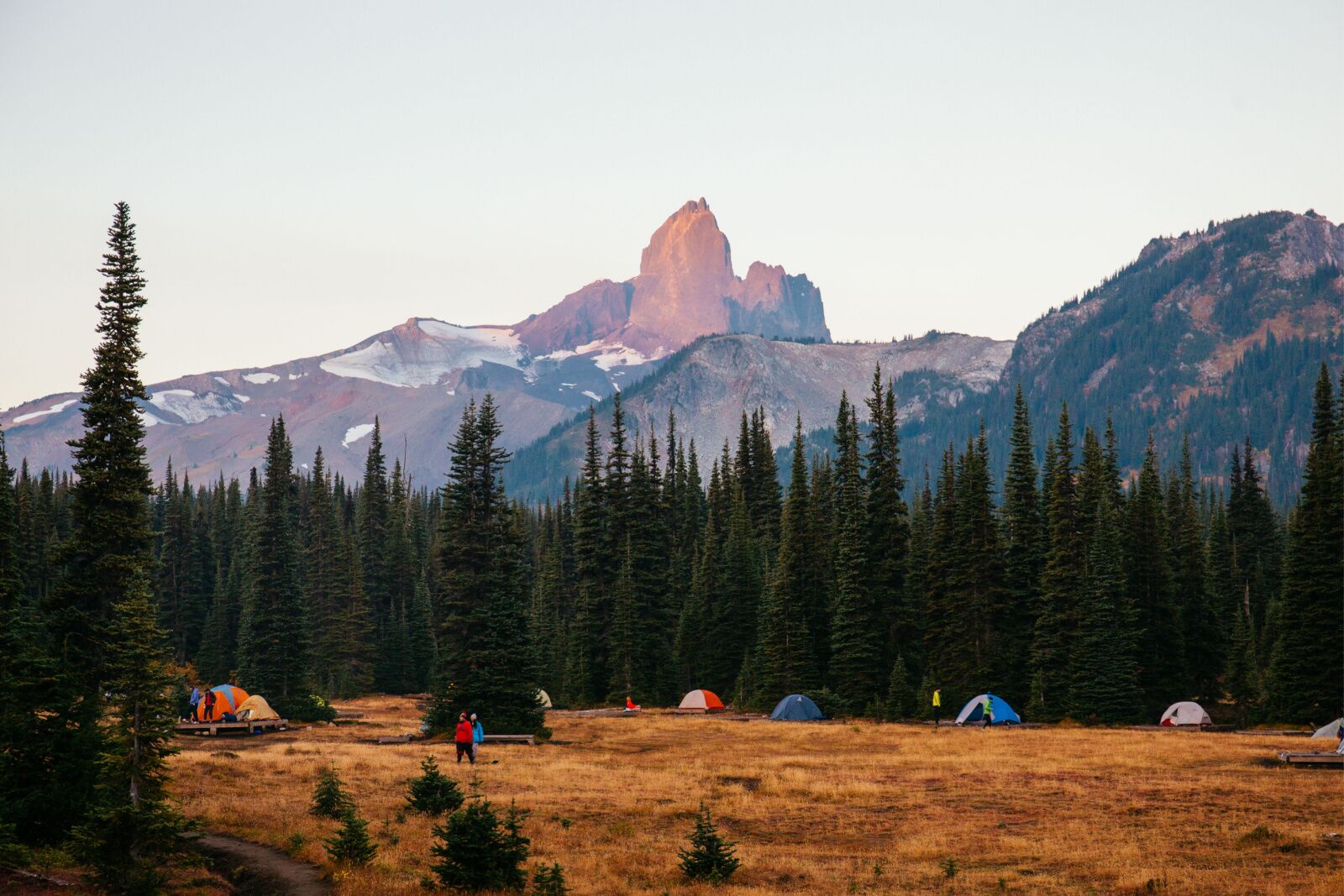Whistler, BC, may be known for world-class skiing — but it’s just as well-known among hiking (and mountain biking) communities for offering some of the best summer and fall trails in all of Canada.
Whistler is roughly two hours north of Vancouver. In the winter, most of the action takes place around the sprawling Whistler Village, but come summer, there are hundreds of miles of fire roads, mountain trails, and backcountry routes that open a world of access to fantastic Whistler hikes. Hikes in Whistler switchback across towering mountains to views of sprawling glacier fields, lead to bright blue alpine likes, and pass through lush, old-growth forests that look like an Ewok village. Add in the fact that the Whistler Village has dozens and dozens of places to sleep, eat, drink — plus more than a few amazing summer and fall festivals — and you can understand why so many people flock to the mountain trails.






